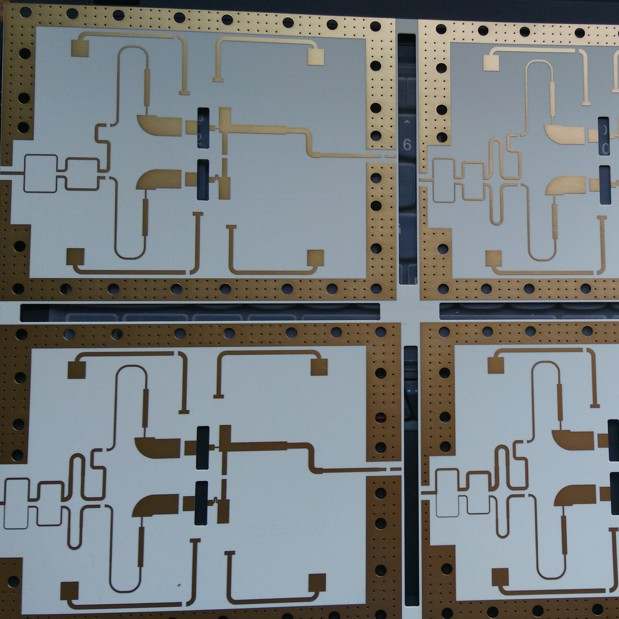An Overview of Taconic Substrates
Taconic substrates are widely used in the production of printed circuit boards (PCBs) due to their excellent dimensional stability, thermal conductivity, and dielectric properties. Made from woven fiberglass that has been impregnated with flame-retardant epoxy resin, taconic substrates provide an ideal foundation for building reliable PCBs.
Some key benefits of taconic substrates include:
- Excellent dimensional stability – does not expand or contract significantly with temperature changes
- High thermal conductivity – promotes heat dissipation in high power circuits
- Consistent dielectric properties – ensures signal integrity at high frequencies
- Good chemical resistance – withstands PCB fabrication processes
- Flame retardant – meets safety standards for electronic devices
Applications of Taconic Substrates
Taconic substrates are suitable for a wide variety of PCB applications:
| Application | Key Properties Needed |
|---|---|
| High speed digital | Excellent dielectric properties for signal integrity |
| High frequency analog | Thermal conductivity for heat dissipation |
| High power | Dimensional stability under temperature fluctuations |
| Automotive | Flame retardance meeting safety standards |
Some major industries that rely on taconic substrates for their PCB needs include telecommunications, aerospace, defense, medical, and consumer electronics. The consistent material properties allow circuit designers to depend on stable, reliable performance across operating environments.
The Manufacturing Process

Producing high quality taconic substrates requires advanced manufacturing techniques:
- Careful control of resin content in the prepreg sheets
- Precise temperature and pressure during lamination
- Microvia drilling with lasers for HDI stacks
- Surface treatments to enhance adhesion
- Rigorous testing and metrology at each step
By investing in state-of-the-art manufacturing, taconic substrate suppliers like Taconic provide the consistency and quality that PCB fabricators need. This enables them to produce boards with fine features and tight tolerances.
Looking Ahead
As electronic devices get faster and more compact, PCB substrates face increasing demands. Taconic continues innovating, developing new materials like ceramic-filled PTFE composites. These provide an optimal balance of high frequency performance and dimensional stability to meet evolving industry needs.
Taconic’s close collaboration with PCB manufacturers and OEMs also allows them to create custom formulations tailored to each customer’s specific application requirements. With continued advances in materials science and process engineering, taconic substrates will remain instrumental in driving the next generation of electronic product designs.
Frequently Asked Questions
What are the key benefits of using taconic substrates?
The main benefits are excellent dimensional stability, thermal conductivity, dielectric properties, chemical resistance, and flame retardance. This makes taconic ideal for high speed, high frequency, and high power PCB applications.
How are taconic substrates manufactured?
They are made from fiberglass impregnated with epoxy resin using precise lamination techniques, laser drilling, and rigorous quality control at each step of the process.
What industries use taconic substrates the most?
Telecommunications, aerospace, defense, medical, and consumer electronics rely heavily on taconic substrates for making reliable, high performance PCBs.
What new developments are happening with taconic substrates?
Taconic is innovating with ceramic-filled PTFE composites to provide an optimal balance of electrical and mechanical properties for emerging needs. They also collaborate closely with customers to create custom formulations.
How will taconic substrates meet future demands?
Continued advances in materials science and manufacturing will enable taconic substrates to keep pace with the increasing performance requirements, miniaturization, and complexity of electronic products.

Leave a Reply